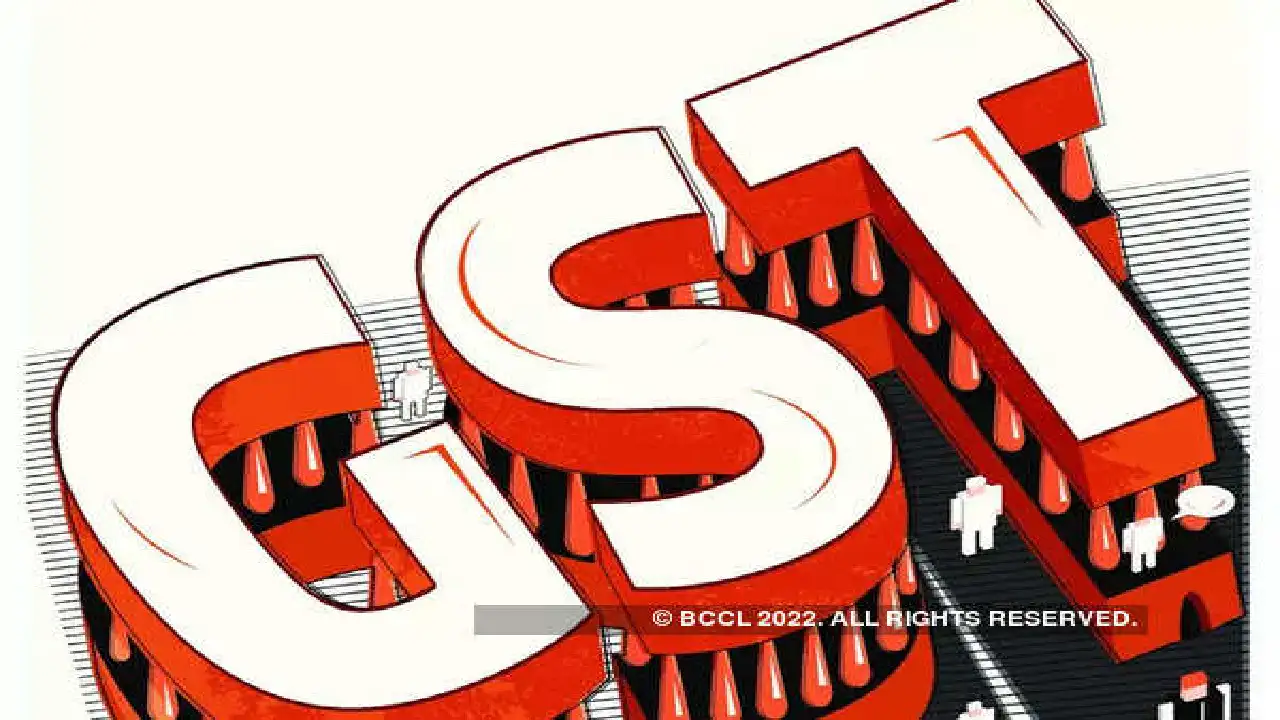By Samannay Biswas
Introduced on 1 July 2017, the Goods and Services Tax (GST) revolutionised India’s indirect tax system by replacing multiple cascading levies with a single, transparent, destination-based tax. Designed to unify the country’s vast market and simplify compliance for businesses, GST has become the backbone of India’s formal economy. This chapter traces the rationale, evolution, and core features of GST, offering a foundational understanding of the tax that reshaped India’s fiscal landscape. Today, on 1st July 2025, the Goods and Services Tax (GST) completes eight years since its rollout. Overview of GSTGoods and Services Tax (GST) is a comprehensive, multi-stage, destination-based indirect tax that is levied on the supply of goods and services in India. Implemented nationwide on 1st July 2017, GST replaced a complex system of multiple indirect taxes previously imposed by both the Central and State Governments. It seeks to create a unified national market by subsuming a host of indirect taxes such as excise duty, service tax, value-added tax (VAT), entry tax, and more. GST is structured to remove the cascading effect of taxes, improve compliance, and enhance the ease of doing business. Definition of GSTAs per Article 366(12A) of the Constitution of India, “Goods and Services Tax means any tax on supply of goods or services or both except taxes on the supply of alcoholic liquor for human consumption.” Thus, GST is a supply-based tax, charged at every point of sale or service delivery. It allows for input tax credit (ITC) at each stage of the value chain, ensuring that tax is effectively borne by the final consumer. Objective of GSTThe primary objectives of GST include: One Nation, One Tax: To unify India under a single indirect tax regime.Eliminate Cascading of Taxes: Enable seamless flow of input tax credit across the supply chain.Improve Tax Compliance: Bring more businesses under the formal economy through a transparent and technology-driven system.Boost Revenue Efficiency: Enhance tax collection and reduce revenue leakages.Encourage Cooperative Federalism: Involve both Centre and States in tax administration and policy decisions via the GST Council. Why GST Was IntroducedIndia’s pre-GST indirect tax structure was highly fragmented. Different states levied varying rates and had different procedures, creating bottlenecks in interstate commerce. Key reasons for introducing GST included: Multiple Taxation: A single transaction attracted multiple taxes from different authorities.Cascading Effect: Taxes were levied on taxes without credit, raising costs for businesses and consumers.Lack of Uniformity: Varying tax rates and laws across states created compliance hurdles.High Compliance Burden: Businesses had to file returns with multiple departments and follow different rules.Reduced Competitiveness: The complex system hindered economic growth and discouraged foreign investment.GST sought to resolve these issues by establishing a simplified and harmonised tax system. Historical Background of GST in India The idea of GST in India was first mooted in 2000 by the Atal Bihari Vajpayee Government, which formed a committee headed by the then Finance Minister of West Bengal, Asim Dasgupta, to design a GST model. The journey from concept to implementation spanned nearly two decades and involved the following milestones: 2003: The Kelkar Task Force recommended a unified Goods and Services Tax.2006: The GST announcement was made in the Budget Speech by Finance Minister P. Chidambaram, with a tentative rollout date of April 1, 2010.2009: The First Discussion Paper on GST was released.2011: The 115th Constitutional Amendment Bill was introduced in the Lok Sabha.2014: The Bill lapsed due to the dissolution of the 15th Lok Sabha. It was reintroduced as the 122nd Constitutional Amendment Bill.3 August 2016: The Bill was passed in the Rajya Sabha with unanimous support.8 September 2016: The President of India gave assent, making it the 101st Constitutional Amendment Act.1 July 2017: GST was officially launched by the Narendra Modi-led government, marking India’s biggest tax reform since Independence.Key Features of GST Dual GST Model: Both Central GST (CGST) and State GST (SGST) are levied on intra-state transactions, while Integrated GST (IGST) is levied on inter-state supplies.Destination-Based Tax: The tax is collected at the place where goods or services are consumed, not where they are produced.Comprehensive Coverage: Except for petroleum products, alcohol for human consumption, and a few specific items, almost all goods and services are covered.Input Tax Credit (ITC): Enables credit on taxes paid on inputs, reducing overall tax liability.Threshold Exemption: Small businesses with an annual turnover below ₹20 lakh (₹10 lakh in special category states) are exempt from GST.Technology-Driven Compliance: All filings, payments, and returns are handled electronically through the GSTN (Goods and Services Tax Network) portal.The introduction of GST marked a tectonic shift in India’s indirect tax landscape. By replacing multiple overlapping taxes with a single unified system, GST has streamlined tax administration, enhanced compliance, and laid the foundation for a more transparent and efficient tax regime. However, its implementation continues to evolve through feedback from stakeholders and recommendations of the GST Council.
